Advertisement
The apps we use every day are getting smarter—sometimes too smart to ignore. What’s powering a lot of this intelligence isn’t some secret team of coders writing responses by hand. It’s GPT-4, the language model that’s becoming the brain behind many apps. You might think this tech only lives inside chatbots, but it’s already woven into writing tools, learning apps, coding assistants, and search engines. It’s doing more than answering questions—it's changing how we interact with software. So, how exactly do these apps integrate GPT-4, and what's happening behind the screen when you type something in?
Notion has always been a flexible space for notes, lists, and project tracking. With GPT-4 added in, it now acts like a silent assistant while you write. Ask it to summarize your meeting notes, reword a section, or fix grammar—it listens and edits in context. The integration works by sending your input to GPT-4’s API, processing the result, and pasting the updated version right in your document. It doesn’t feel like you're switching tools. Everything happens inside Notion, in real-time. GPT-4 adds context awareness and flexible writing suggestions, especially for users juggling complex projects or long documents.
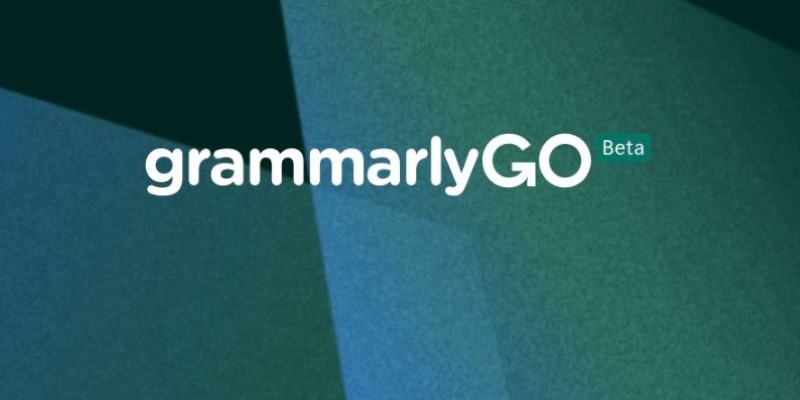
Grammarly’s new feature, GrammarlyGO, moves beyond checking grammar. It reads the tone, figures out what you’re trying to say, and offers rewritten versions—whether you're replying to a job offer or complaining to customer support. GPT-4 plays the role of the rewriter. When you click “Improve,” the app sends your draft to GPT-4 with custom instructions about tone, intent, and voice. The model returns a few versions, and you can pick the one that sounds closest to what you wanted to say. It helps those who write a lot but don’t always have the time to revise every sentence. GPT-4 is quietly powering that polish behind the scenes.
Duolingo Max uses GPT-4 to provide detailed explanations, making learning a new language feel more human. When a user makes a mistake, instead of just showing the right answer, Duolingo explains why it’s wrong. GPT-4 generates the reasoning. Another feature lets users roleplay conversations—like ordering at a café or meeting someone new. It’s not scripted; GPT-4 responds in real-time with varied, natural dialogue. This integration works by sending prompts with the user’s answer and context to GPT-4 and presenting the reply within the app’s design. It’s still Duolingo—but with AI acting like a personal tutor.
Writing code can be slow, especially when switching tabs to search for examples. GitHub Copilot X brings GPT-4 right into your editor. When you start typing a function, Copilot predicts what you want and writes the next line. If you highlight a piece of code and ask, “What does this do?”, it explains the logic in plain English. GPT-4 receives the context of your code, understands the syntax, and generates suggestions. It doesn’t guess randomly—it uses the structure, documentation, and even the tone of the project to write code that fits. Developers get help without leaving the editor.
Microsoft’s Bing isn’t the same as it was a year ago. Its integration of GPT-4 means it now understands questions better and delivers more conversational results. When you search, Bing uses GPT-4 to summarize information from different sources, helping users find answers without scrolling through ten links. If you ask, “What are the best budget phones under $300?”, you get a short list with reasons, not just pages of results. GPT-4 handles the heavy lifting in the background—reading websites, summarizing content, and phrasing responses like a chat instead of a traditional search engine. That’s how Bing feels more like a conversation partner than a search bar.
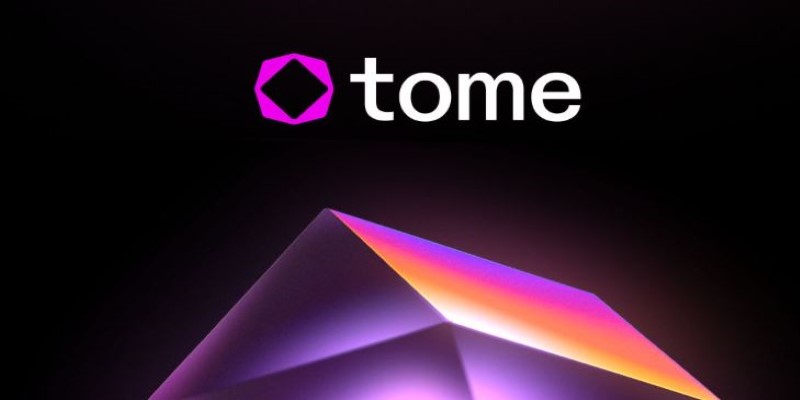
Creating slides is usually tedious. You need to plan, write, and design all at once. Tome cuts that down with help from GPT-4. You give it a topic or a few bullet points, and the app generates full slides—text, structure, even speaker notes. GPT-4 handles the content generation part. It takes your idea and turns it into an outline with explanations. The interface uses this text to build visual blocks. It’s not just writing—it’s shaping a story, and GPT-4 makes sure the words flow well across multiple slides. The result is a clean presentation built faster than traditional tools allow.
Zapier is known for automation—connecting apps so that one action triggers another. With GPT-4 built in, Zapier now supports natural language commands. You can write, “Send a summary of new customer feedback to Slack every Monday,” and it understands what you mean. GPT-4 parses the command and converts it into a workflow. This turns a complex chain of clicks into one sentence. The AI acts as a translator between human goals and app instructions. Business users without technical knowledge can now create custom workflows without needing to learn Zapier’s setup screens. GPT-4 removes that learning curve.
These seven apps are not just showing off AI—they’re reshaping how we interact with tools we already know. GPT-4 is no longer locked behind chatbots. It’s inside writing apps, browsers, development tools, and automation platforms. It listens, rewrites, teaches, and organizes. Behind each tap and keystroke, the AI is quietly running a powerful engine trained on billions of words. The trick isn’t just the model—it’s how well these apps hide the complexity. As GPT-4 continues to roll out, we’re likely to see more apps shift from being passive tools to becoming active collaborators. And the best part? You might not even notice it's there.
Advertisement

GenAI is proving valuable across industries, but real-world use cases still expose persistent technical and ethical challenges
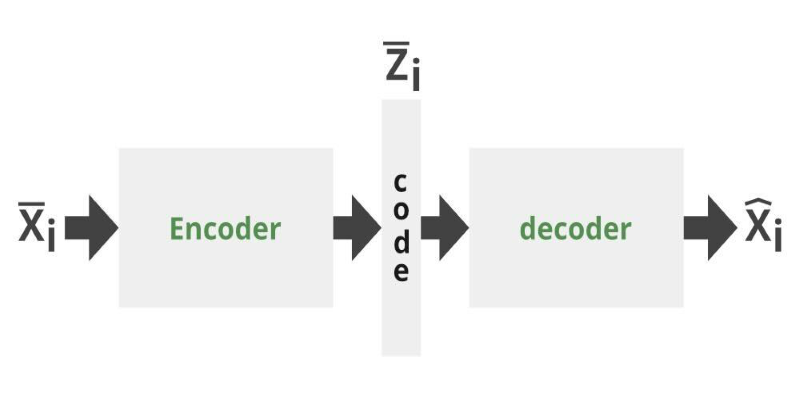
Can you get the best of both GANs and autoencoders? Adversarial Autoencoders combine structure and realism to compress, generate, and learn more effectively

Which data science startups are changing how industries use AI? These ten U.S.-based teams are solving hard problems with smart tools—and building real momentum

The Water Jug Problem is a classic test of logic and planning in AI. Learn how machines solve it, why it matters, and what it teaches about decision-making and search algorithms
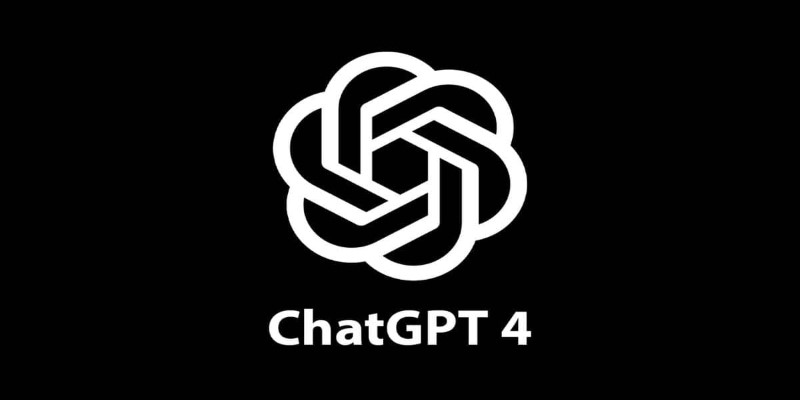
Want to use ChatGPT without a subscription? These eight easy options—like OpenAI’s free tier, Bing Chat, and Poe—let you access powerful AI tools without paying anything
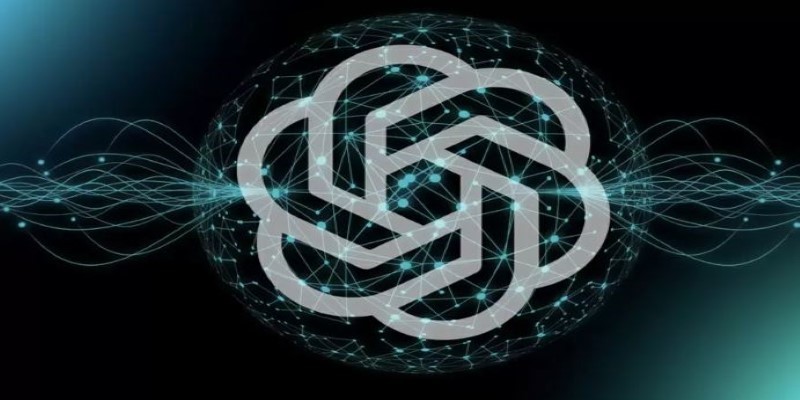
How 7 popular apps are integrating GPT-4 to deliver smarter features. Learn how GPT-4 integration works and what it means for the future of app technology

Want to run AI models on your laptop without a GPU? GGML is a lightweight C library for efficient CPU inference with quantized models, enabling LLaMA, Mistral, and more to run on low-end devices
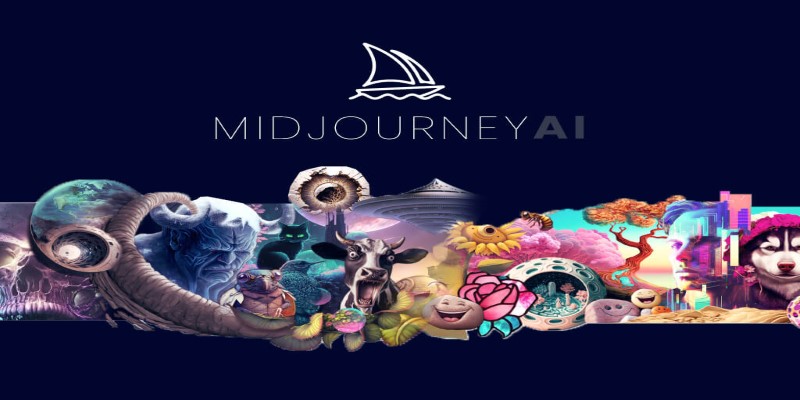
A step-by-step guide on how to use Midjourney AI for generating high-quality images through prompts on Discord. Covers setup, subscription, commands, and tips for better results
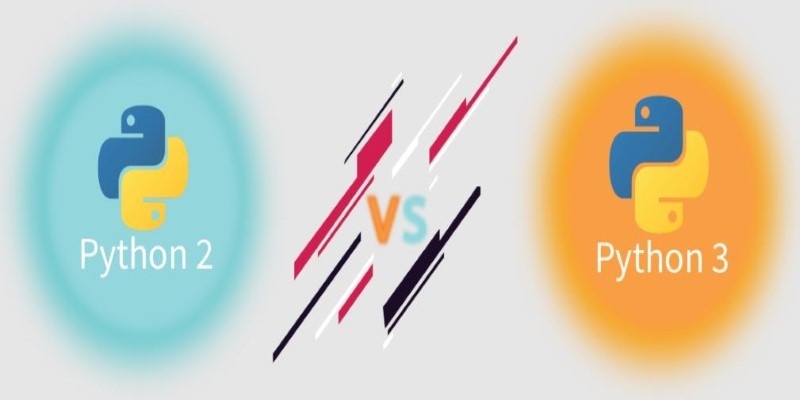
Curious about the evolution of Python? Learn what is the difference between Python 2 and Python 3, including syntax, performance, and long-term support

Curious about data science vs software engineer: which is a better career? Explore job roles, skills, salaries, and work culture to help choose the right path in 2025
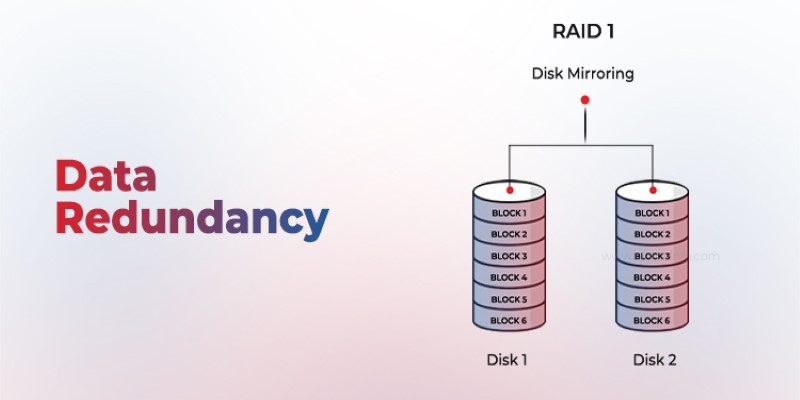
Is your system storing the same data more than once? Data redundancy can protect or complicate depending on how it's handled—learn when it helps and when it hurts

How Remote VAEs for decoding with inference endpoints are shaping scalable AI architecture. Learn how this setup improves modularity, consistency, and deployment in modern applications